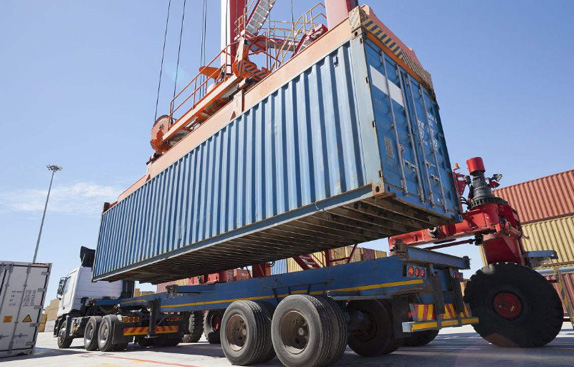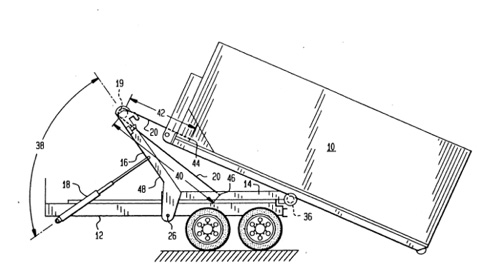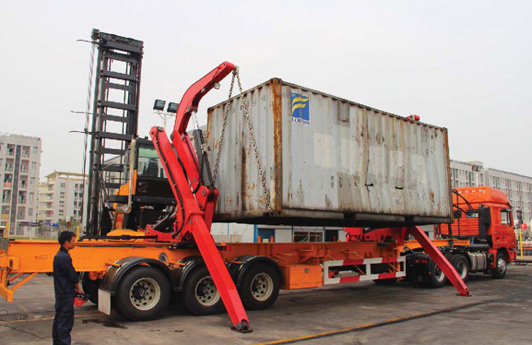Containers are usually used in cargo transportation. This is especially if you imports and exports of goods across different countries. You definitely will be required to undertake container transportation along the road. For that reason, there are important considerations to take note of in order to ensure successful road transportation of containers.
Container transportation is inseparable from road transportation because it is an end transportation mode of the process. Whether it is sea transport, rail transport, or air transport, road transportation of containers is required at some point especially at the beginning and at the end of the journey. It offers connectivity to other modes of container transportation. Here are key advantages and disadvantages of container road transportation.

You cannot avoid container road transportation in the course of importing and/or exporting your goods. This transportation means has the following advantages:
Despite its usefulness in the container transportation process, the road transportation of containers has certain drawbacks as listed below:
In your search for reliable road transportation for containers, there are a number of things that one should take note of as follows:
There are various kinds of containers that are commonly used in road transportation. These are:

Over and above that, there are special-purpose containers that can be chosen based on the need. They include:
Once you have chosen the container for your road transportation, the right vehicle choice should also be made to take up the container safely and securely. Here are some of the common vehicles to choose from:
Container chassis is the commonly used means of container transportation by road. It has a lighter weight, a simple structure and most importantly, an easy to maintain option. This type of vehicle is commonly found and used in the terminal or railway freight yard. Different kinds of container trailers have different advantages and disadvantages.
Over and above the commonly used container chassis, here are two kinds of trailers used. Here, you don’t have to use additional loading & unloading container equipment (Such as forklift, container crane) in your yard. They include:
One. Container Tilt Trailer
The vehicle basically offers a simplified way of loading and unloading containers.

Two. Container side loader trailer
It comes with cranes and/or lift modules on the trailer chassis to facilitate the loading and unloading of containers by the sides.

Reference: What is a container trailer (https://www.anstertrailer.com/what-is-container-trailer-designs-specifications/)
Preparation for container road transportation requires that you make sure that the following requirements are met:
It is your responsibility to make sure that proper packaging of your property is done before the shipping container company comes to load and transport it. Packaging should be done in new boxes or carriages where applicable.
The success of the road transportation of containers does not depend on one aspect of the process. It is a combination of all the factors that define the process at each stage. Sometimes, you need to load the container on the vehicles by crane in your yard and that is why the following details must be observed in the process:

The road transportation of containers is inevitable whether importing cargo or doing exports abroad. This means of transport provides the connection between the source and the destination of cargo with other modes of transportation such as the sea or rail transportation. Therefore, its use and application are very much-needed in the cargo transportation industries. Owing to its importance, all stakeholders must play their roles to ensure a safe transportation process of containers by road. Discussed in here are some of the things to take note of, and important tips to apply for a successful road transportation of containers.
In this episode, I sat down with Beejan Giga, Director | Partner and Caleb Emerson, Senior Results Manager at Carpedia International. We discussed the insights behind their recent Industry Today article, “Thinking Three Moves Ahead” and together we explored how manufacturers can plan more strategically, align with their suppliers, and build the operational discipline needed to support intentional, sustainable growth. It was a conversation packed with practical perspectives on navigating a fast-changing industry landscape.